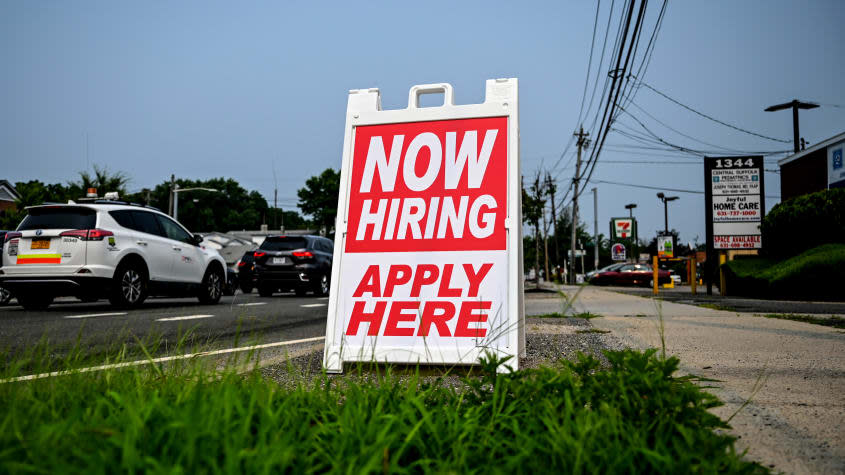Employment: Men staying on the sidelines

The smartest insight and analysis, from all perspectives, rounded up from around the web:
There's a troubling puzzle in America's jobs picture, said Catherine Rampell in The Washington Post: "Where did all the workers go?" The Bureau of Labor Statistics reported last week that the economy added another 263,000 jobs in November, surpassing expectations. But while businesses remain keen on hiring, labor force participation — the share of adults either working or actively looking for work — fell for a third straight month, and at 62.1 percent "remains depressed relative to pre-pandemic days." The downward trend within the so-called prime working age population (ages 25 to 54) is particularly mystifying. The pandemic could still be a factor, with some workers suffering from long COVID. So could burned-out workers staying on the sidelines because they have re-evaluated their priorities. Regardless, it is "not a sign of a healthy labor market."
Why aren't more young men working? asked Jeanna Smialek in The New York Times. The labor force participation rate among "prime-aged men" in November was 88.5 percent. That might sound like a high number, but it has been declining for a long time, from 97 percent in the 1950s. In the past two years, "a small demographic slice seems to be most heavily affected" by the pandemic upheaval: men who were early in their careers during the 2008 recession. Some economists think it's because they've been hit by "repeated crises, making their labor market footing fragile." A growing reluctance to work is most disturbing, said Nicholas Eberstadt in the New York Post. For every unemployed guy looking for a job today, there are four guys who are "ambivalent about — or allergic to — working" who get counted as NILFs, or "not in the labor force." This isn't a question of a lack of available jobs or demand for skills. It's because Washington "inadvertently disincentivized work" by giving Americans pandemic handouts that could substitute for earned wages.
Shrinking labor force participation, though, isn't just about young and middle-aged men, said Megan Leonhardt in Fortune. The population is getting older, and the pandemic pushed some workers into retirement. The Federal Reserve estimates that "excess retirements," or "exits above and beyond what would have been expected from aging alone," account for nearly two-thirds of the labor shortfall. And "there aren't enough younger workers to fully replace the sheer number of Baby Boomers who are retiring." "Falling immigration compounds the problem," said The Economist. In 2019, net migration into the United States was 595,000, the lowest number in over a decade, thanks to the policies of the Trump administration. "The pandemic pushed it down" to 247,000 in 2021. "Barring big changes to immigration or retirement ages," firms will have to get used to doing more with less.
The shrinking labor force makes the Fed's job harder, said Courtenay Brown and Neil Irwin in Axios. Despite mass layoffs at firms like Twitter and Amazon, jobs generally remain plentiful. As businesses struggle to attract and retain workers, wages "have actually risen faster than consumer prices in the last few months." The Fed hopes that "more workers will re-enter the workforce," healing the supply-demand mismatch without a spike in unemployment. Unfortunately, so far, the opposite is happening.
This article was first published in the latest issue of The Week magazine. If you want to read more like it, you can try six risk-free issues of the magazine here.
You may also like
5 cartoons about Brittney Griner's release
11 brutally funny cartoons about Herschel Walker's Senate loss

